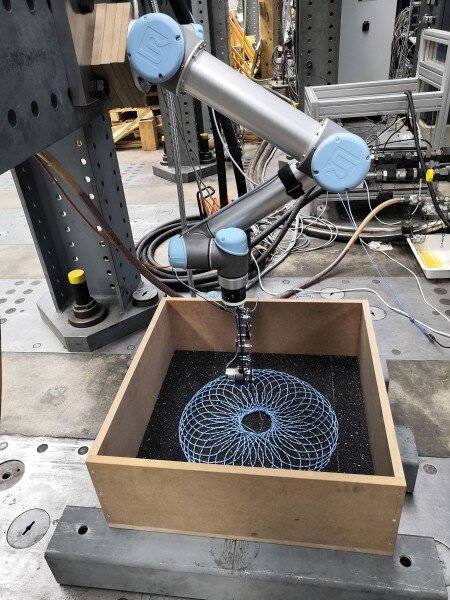#Researchers identify mechanisms that are essential for proper skin development

“#Researchers identify mechanisms that are essential for proper skin development”

Mount Sinai researchers have discovered that Polycomb complexes, groups of proteins that maintain gene expression patterns, are essential for proper skin development, according to a paper published in Genes & Development on February 18. This latest discovery could improve development of future stem cell therapies to generate “skin on a dish” to transplant into burn victims and patients with skin-blistering disorders.
Polycomb complexes are groups of proteins that maintain the gene-expression patterns during early development by regulating the structure of DNA and proteins in cells. They play a critical role in the repression of gene expression, or the switching-off of individual genes to help control responses to changing environments and stimuli. The researchers found that Polycomb repressive complex 1 (PRC1) and Polycomb repressive complex 2 (PRC2) each help maintain the skin-specific gene expression pattern necessary for proper development of the skin.
The researchers studied Polycomb complexes in the developing skin of mice. Mice that were bred missing either Polycomb complex still had a functioning skin barrier, albeit with minor defects in skin thickness. In contrast, when researchers bred mice missing both complexes, it resulted in severe skin defects including a significantly thin epidermis that lacked essential layers required for survival. The researchers found that PRC1 and PRC2 help maintain regular function of gene repression, in particular the repression of transcription factors essential for the formation of non-skin tissues.
“We show that Polycomb complexes function redundantly to control proper development of the skin,” said the study’s corresponding author Elena Ezhkova, Ph.D., Professor of Cell, Developmental and Regenerative Biology, and Dermatology in the Black Family Stem Cell Institute at the Icahn School of Medicine at Mount Sinai. “Polycomb complexes function together to repress non-skin lineage programs and thus control proper skin development.”
The researchers said their discovery has implications for development of stem cell therapies to produce “skin on a dish” to use for transplantation. Since Mount Sinai researchers have established that both Polycomb complexes are vital for skin formation, this discovery could improve current protocols for generating skin cells from stem cells. Polycomb complexes are also often overexpressed in epithelial cancers, including skin cancers, and treatments using Polycomb inhibitors are currently being studied in clinical trials. This study suggests that parallel inhibition, use of both PRC1 and PRC2 inhibitors, may be a more powerful form of treatment for cancer patients.
While Polycomb complexes are important for skin function, their role in other tissues remains unknown. Future studies should explore the role of Polycomb complexes in developing and regenerating tissues, the researcher said.
Idan Cohen et al. Polycomb complexes redundantly maintain epidermal stem cell identity during development, Genes & Development (2021). DOI: 10.1101/gad.345363.120
Citation:
Researchers identify mechanisms that are essential for proper skin development (2021, February 18)
retrieved 18 February 2021
from https://medicalxpress.com/news/2021-02-mechanisms-essential-proper-skin.html
This document is subject to copyright. Apart from any fair dealing for the purpose of private study or research, no
part may be reproduced without the written permission. The content is provided for information purposes only.
If you liked the article, do not forget to share it with your friends. Follow us on Google News too, click on the star and choose us from your favorites.
For forums sites go to Forum.BuradaBiliyorum.Com
If you want to read more Like this articles, you can visit our Science category.




